Our City
Kinston is a small town with a big heart and a strong spirit. Its faced obstacles, but with each challenge we’ve become more resilient, resourceful, and cohesive. Located in the heart of eastern North Carolina, a coastal haven recognized for its horticulture, hogs, and hurricanes, Kinston is home to about 21,000 residents.
Until 1970, downtown was the place to be. Known as the ‘Magic Mile’, folks came from all over to shop, eat, drink, and listen to the hottest musical acts live as they stopped through town for-one-night-only on their way further south. They played in a tobacco barn in a part of downtown known as Sugar Hill. It’s said that Kinston sold more records per capita than anywhere in the US during the 1960s. The economy was also hopping, rooted in agriculture (tobacco, hogs, and cotton) and manufacturing (textiles mainly).
In the past few decades however, our community has had to endure some severe setbacks. Most aren’t unique to Kinston or small town America -- the expatriation of our economic engines, the arrival of the indoor shopping mall, and the migration of our youth, now our greatest export, to urban centers – but we’ve been dealt a few more blows with names like Hazel, Fran, and Floyd. Kinston, whose downtown hugs the Neuse River, has repeatedly been the victim of hurricane-related flooding.
Miraculously, downtown fares well during flooding events and experiences minimal damage relative to the suffering found in other parts of the County. Entire neighborhoods no longer exist. And although our downtown buildings remained relatively unscathed at their foundation, its shuttered storefronts show the scars of repeated economic devastation.
Far from its heyday as the Magic Mile, our downtown was nearly abandoned by the 90s. Kinston became a place of derision rather than esteem, a downtown not worth checking out anymore, perhaps even better avoided, by folks stopping off of busy Route 70 for gas and a Pepsi on their way to the beach.
But, as Kinstonians are wont to do, we kept going. Looking inward, a number of gutsy and persevering residents took account of the immutable assets we still had on hand and began the process of reinvention. Our music, food, art, and heritage are now emerging anchors in our local economy.
We have a ways to go -- many of the storefronts on our main street - Queen Street - are still vacant, but whole blocks have sprung back to life. With your back to a crepe myrtle on Gordon Street, in between Queen and Herritage, you’re within walking distance of locally-run places like: a farm-to-table restaurant with a hit PBS documentary show; an award winning craft brewery in a LEED-certified historic building; artist studio collective; kitchen supply store; coffee shop; pizzeria; spa and salon; boutique inn in a 1920s bank; ice cream shop; 140 ton sculpture recently installed by a world-renowned artist; organic grocery; seed and supply store; fresh seafood market; and, soon, a butchery.
Learn more about our fair City from the folks at VisitKinston.com.

